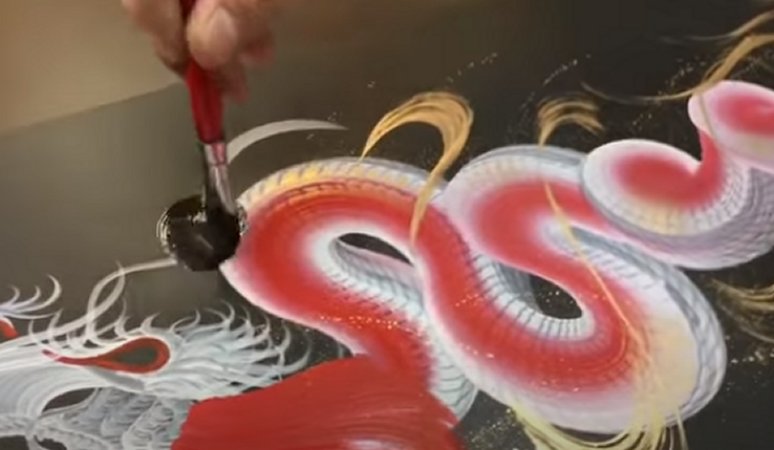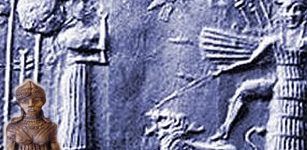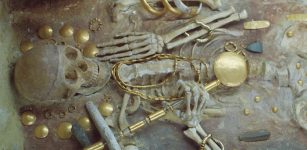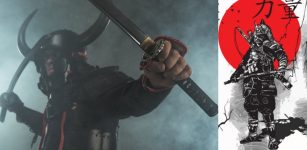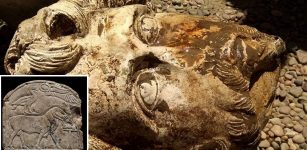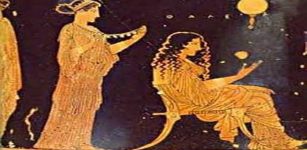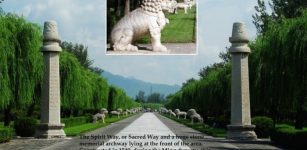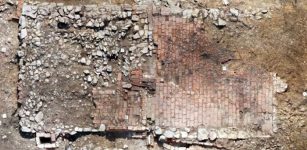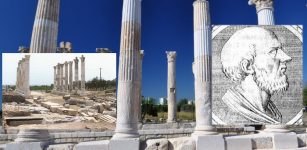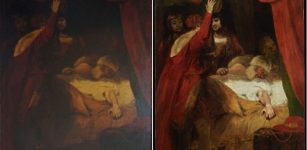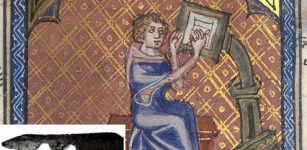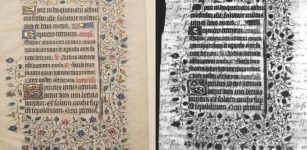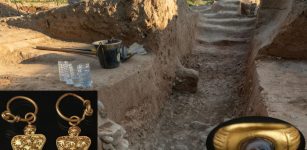Amazing Ancient One-Stroke Dragon Art Tradition – Painting Dragons With A Single Brush Stroke
Jan Bartek - AncientPages.com - If you have the patience and are not determined to compete with some of the world’s most talented artists, painting can be a very relaxing activity. Whether it’s a landscape, people, or abstract forms, painting is beneficial to the mind and soul. Painting improves hand-eye coordination boosts motor skills and imagination, and it is by no means an activity limited to being just an artistic effort.
Credit: Keisuke Teshima
Using the most primitive tools, people have painted for as long as we can remember. Our modern society still admires drawings made by Stone Age people, and we marvel at ancient temples’ artwork, wondering how such magnificent art was produced thousands of years ago.
One man who knows the secret is Japanese artist Keisuke Teshima, who has spent years studying the extraordinary One-Stroke Dragon art tradition that emerged during Japan’s Edo era.
The dragon is perhaps the most colorful and eye-catching among all splendid mythological creatures.
“We encounter dragons in almost every ancient culture of the world. Dragons played an important role in the beliefs of our ancestors, and these creatures were depicted in a variety of ways.
Dragons can be placed in two groups- East and West dragons, and they were regarded as either good or very fearsome and evil creatures.” 1
"The Dragon can mean a number of things in Japanese Culture. The most significant being fertility, humility, procreation, prosperity, and strength to ward off evil spirits. Religiously the Dragon represents good health, prosperity, purification, and protection.
It has been said that the shape of the Japanese Archipelago resembles that of a “Dragon.”
It is also a real mystery that the presence of the Dragon is found throughout Japan’s history and religion. Legend has it that Dragons have an inherent magical wish-fulfilling power that is associated with good health and prosperity." 2
There is no doubt dragons were always held in high regard in Japan, and they play a prominent role in temples and shrines throughout the country. These colorful creatures are a feast for our eyes, but how could anyone paint such marvelous beings?
The technique uses as few strokes as possible to create a dragon, and the results are astounding.
“To create a One-Stroke Dragon painting, Keisuke Teshima begins with small single strokes to create the dragon’s head. Then he draws the scales of the dragon’s torso form in one stroke, moving his hand with incredible precision and patience. He finishes each dragon painting by adding small details at the end.
Credit: Keisuke Teshima
In One-Stroke Dragon, a dragon painted facing up is proud and symbolizes ambition, while a downwards facing dragon is praying and acting as a guardian.
Ancient Art "One Stroke Painting" reborn in this Dragon by Keisuke Teshima pic.twitter.com/5bIdciWIXb
— Gabriele Corno (@Gabriele_Corno) January 22, 2021
“As one of the few one-stroke dragon masters remaining in Japan, he has restored over 200 Buddhist temples’ artwork. His beautiful dragon masterpieces have now caught the attention of fans worldwide and are now available to purchase from his website.” 3
When you watch how Keisuke Teshima paints the dragon, you can easily get the impression the brush does the job, but the impressive result is a combination of the artist’s skills and the brush. It’s really incredible art!
Updated on December 2, 2023
Written by Jan Bartek - AncientPages.com Staff Writer
Expand for references
